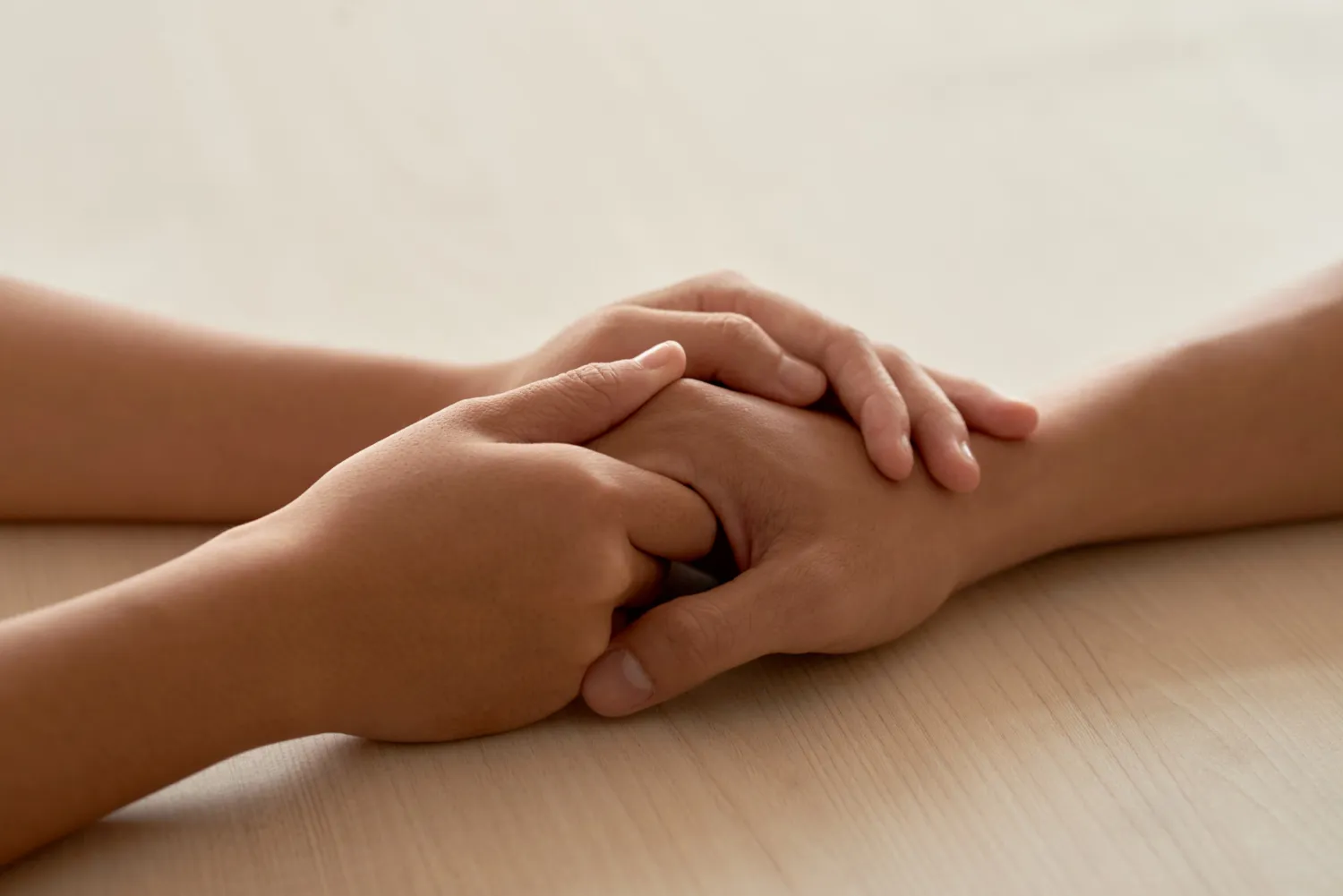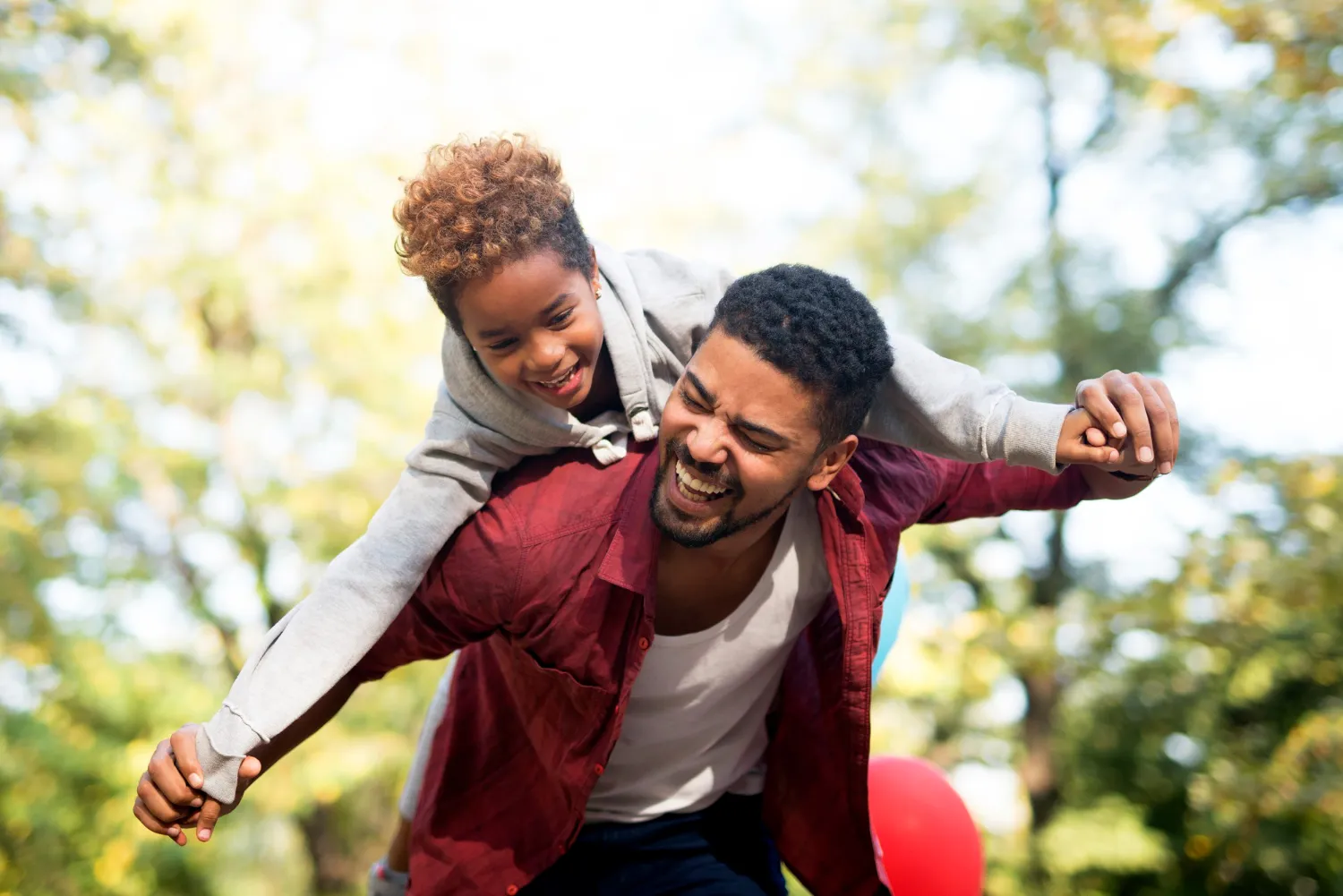Breaking the Savior Syndrome Cycle

To all firstborns, fixers, and those who carry the weight of responsibility—sometimes, the greatest impact you can make is learning to help yourself first and letting others fix themselves.
Introduction
I saw a video (linked here) of a toddler struggling to buckle herself into a car seat. As the father offered assistance, she calmly replied, “No thank you -Worry about yourself…you drive.” That moment triggered a memory from rehab two and a half years ago, during my third week of recovery. I received a call about a family issue and instinctively wanted to step in. My counselor’s response stopped me in my tracks: “Do you think they can’t handle it themselves?” This forced me to question my ingrained compulsion to “save” others, a pattern deeply tied to Savior Syndrome.
Reflection
Imposter Syndrome, low self-esteem, and Savior Syndrome often work in tandem, particularly for those in addiction recovery or mental health management. As someone struggling with addiction, I overcompensated by trying to fix others’ problems, while ignoring my own vulnerabilities. But my recovery journey forced me to focus on myself and confront my own issues.
This shift is essential not only for personal growth but for breaking unhealthy cycles of emotional parachuting. For anyone struggling with similar patterns, seeking therapy or taking psychometric tests can reveal underlying causes and help rewire these behaviors. We are all works in progress, and prioritizing our own well-being is the key to healing.
Resources
• Book: The Gifts of Imperfection by Brené Brown
• TED Talk: “The Power of Vulnerability” by Brené Brown
• Podcast: Unlocking Us by Brené Brown
Call to Action
We are works in progress. I am changing every day. Let’s challenge ourselves to pause before rushing in to fix others’ problems. Reflect on whether your desire to help may be avoiding something within yourself. Secondly, focus on self-care and growth. Healing begins with facing your own vulnerabilities and engaging with your personal well-being. This is the path to sustainable recovery.
For more, watch the video linked above. Remember—sometimes, the best way to help others is by helping yourself first and, allowing others to help themselves.









